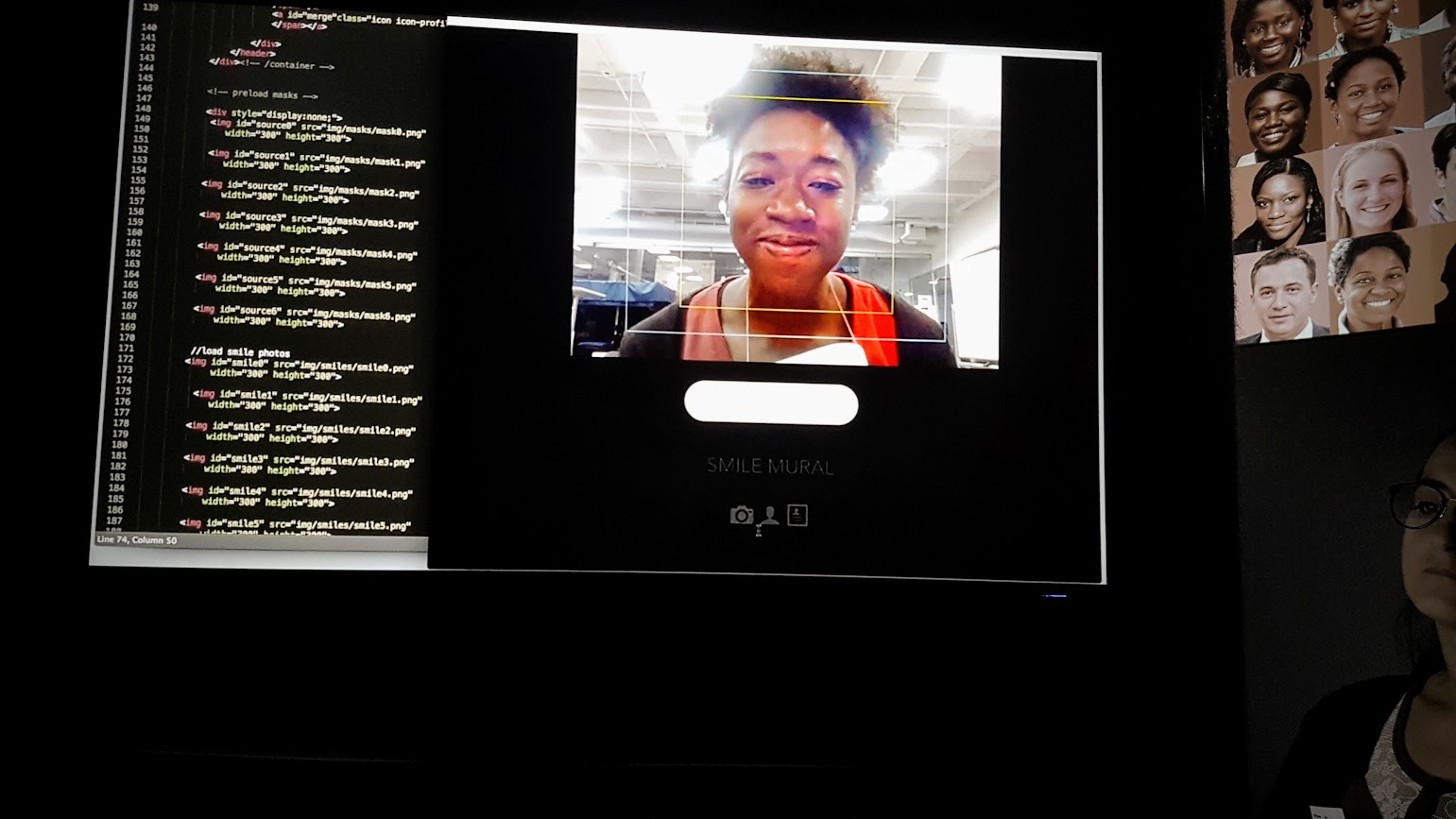Science
Google and UC Riverside Launch Tool to Combat Deepfake Misinformation

Researchers from the University of California – Riverside have partnered with Google to tackle the growing threat of AI-generated misinformation. Their innovative system, known as the Universal Network for Identifying Tampered and synthEtic videos (UNITE), can detect deepfakes even when faces are not clearly visible. This advancement aims to enhance the integrity of information shared across newsrooms and social media platforms.
Deepfakes, which blend “deep learning” with “fake,” are increasingly realistic videos, images, or audio clips produced by artificial intelligence. While they can serve harmless purposes, such as entertainment, their potential for impersonating individuals to mislead the public raises significant concerns.
Advancements in Detection Technology
Current deepfake detection tools face limitations, particularly when a face is not present in the video. This gap poses risks as misinformation can manifest through background alterations or other deceptive methods. UNITE addresses these challenges by examining entire video frames, including motion patterns and backgrounds, enabling it to identify synthetic or doctored content without relying solely on facial recognition.
UNITE employs a transformer-based deep learning model to analyze video clips. This model identifies subtle spatial and temporal inconsistencies that previous systems often overlook. It utilizes a foundational AI framework called Sigmoid Loss for Language Image Pre-Training (SigLIP), which focuses on extracting features independent of specific individuals or objects. A unique training method known as “attention-diversity loss” encourages the model to assess multiple visual areas in each frame, ensuring it does not concentrate exclusively on faces.
The collaboration with Google has provided the researchers with access to extensive datasets and computing resources, essential for training the model on a wide array of synthetic content, including videos generated from text or still images. This comprehensive training allows UNITE to flag various forms of forgery, from simple facial swaps to complex, entirely synthetic videos created without any real footage.
Implications of UNITE’s Development
The introduction of UNITE is particularly timely, given the proliferation of text-to-video and image-to-video generation platforms available online. These AI tools empower virtually anyone to create highly convincing videos, which can pose serious risks to individuals, institutions, and, in some cases, democratic processes.
The researchers presented their findings at the 2025 Conference on Computer Vision and Pattern Recognition (CVPR) held in Nashville, U.S. Their paper, titled “Towards a Universal Synthetic Video Detector: From Face or Background Manipulations to Fully AI-Generated Content,” details the architecture and training methodology of UNITE.
As misinformation becomes more sophisticated, tools like UNITE may be crucial in preserving the integrity of information consumed by the public. The ability to detect deepfake content accurately can help safeguard against the potential harms associated with misleading media.
-

 Science3 months ago
Science3 months agoToyoake City Proposes Daily Two-Hour Smartphone Use Limit
-

 Top Stories3 months ago
Top Stories3 months agoPedestrian Fatally Injured in Esquimalt Collision on August 14
-

 Health3 months ago
Health3 months agoB.C. Review Reveals Urgent Need for Rare-Disease Drug Reforms
-

 Technology3 months ago
Technology3 months agoDark Adventure Game “Bye Sweet Carole” Set for October Release
-

 World3 months ago
World3 months agoJimmy Lai’s Defense Challenges Charges Under National Security Law
-

 Lifestyle3 months ago
Lifestyle3 months agoVictoria’s Pop-Up Shop Shines Light on B.C.’s Wolf Cull
-

 Technology3 months ago
Technology3 months agoKonami Revives Iconic Metal Gear Solid Delta Ahead of Release
-

 Technology3 months ago
Technology3 months agoApple Expands Self-Service Repair Program to Canada
-

 Technology3 months ago
Technology3 months agoSnapmaker U1 Color 3D Printer Redefines Speed and Sustainability
-

 Technology3 months ago
Technology3 months agoAION Folding Knife: Redefining EDC Design with Premium Materials
-

 Business3 months ago
Business3 months agoGordon Murray Automotive Unveils S1 LM and Le Mans GTR at Monterey
-

 Technology3 months ago
Technology3 months agoSolve Today’s Wordle Challenge: Hints and Answer for August 19









